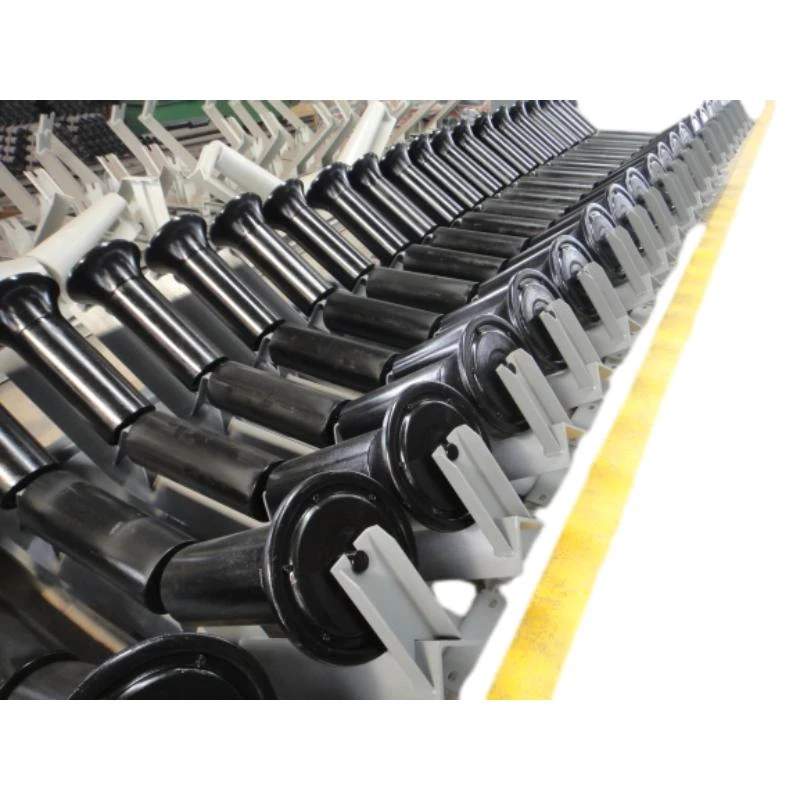 Afrikaans
Afrikaans  Albanian
Albanian  Amharic
Amharic  Arabic
Arabic  Armenian
Armenian  Azerbaijani
Azerbaijani  Basque
Basque  Belarusian
Belarusian  Bengali
Bengali  Bosnian
Bosnian  Bulgarian
Bulgarian  Catalan
Catalan  Cebuano
Cebuano  Corsican
Corsican  Croatian
Croatian  Czech
Czech  Danish
Danish  Dutch
Dutch  English
English  Esperanto
Esperanto  Estonian
Estonian  Finnish
Finnish  French
French  Frisian
Frisian  Galician
Galician  Georgian
Georgian  German
German  Greek
Greek  Gujarati
Gujarati  Haitian Creole
Haitian Creole  hausa
hausa  hawaiian
hawaiian  Hebrew
Hebrew  Hindi
Hindi  Miao
Miao  Hungarian
Hungarian  Icelandic
Icelandic  igbo
igbo  Indonesian
Indonesian  irish
irish  Italian
Italian  Japanese
Japanese  Javanese
Javanese  Kannada
Kannada  kazakh
kazakh  Khmer
Khmer  Rwandese
Rwandese  Korean
Korean  Kurdish
Kurdish  Kyrgyz
Kyrgyz  Lao
Lao  Latin
Latin  Latvian
Latvian  Lithuanian
Lithuanian  Luxembourgish
Luxembourgish  Macedonian
Macedonian  Malgashi
Malgashi  Malay
Malay  Malayalam
Malayalam  Maltese
Maltese  Maori
Maori  Marathi
Marathi  Mongolian
Mongolian  Myanmar
Myanmar  Nepali
Nepali  Norwegian
Norwegian  Norwegian
Norwegian  Occitan
Occitan  Pashto
Pashto  Persian
Persian  Polish
Polish  Portuguese
Portuguese  Punjabi
Punjabi  Romanian
Romanian  Russian
Russian  Samoan
Samoan  Scottish Gaelic
Scottish Gaelic  Serbian
Serbian  Sesotho
Sesotho  Shona
Shona  Sindhi
Sindhi  Sinhala
Sinhala  Slovak
Slovak  Slovenian
Slovenian  Somali
Somali  Spanish
Spanish  Sundanese
Sundanese  Swahili
Swahili  Swedish
Swedish  Tagalog
Tagalog  Tajik
Tajik  Tamil
Tamil  Tatar
Tatar  Telugu
Telugu  Thai
Thai  Turkish
Turkish  Turkmen
Turkmen  Ukrainian
Ukrainian  Urdu
Urdu  Uighur
Uighur  Uzbek
Uzbek  Vietnamese
Vietnamese  Welsh
Welsh  Bantu
Bantu  Yiddish
Yiddish  Yoruba
Yoruba  Zulu
Zulu tail drum pulley
Understanding Tail Drum Pulleys A Key Component in Conveyor Systems
In the world of industrial machinery, tail drum pulleys play a crucial role, especially in conveyor systems. These pulleys are found at the end of conveyor belts, performing essential functions that ensure the effective and smooth operation of material handling processes. In this article, we will explore the significance of tail drum pulleys, their design, functionality, and applications, as well as maintenance practices to ensure longevity and efficiency.
What is a Tail Drum Pulley?
A tail drum pulley, often referred to as a tail pulley, is a cylindrical device designed to support and guide conveyor belt systems. Positioned at the end of a conveyor line, it facilitates the return of the belt after it has discharged its cargo. The tail pulley is integral in maintaining belt tension, allowing for the smooth operation of material transport systems, and helping to prevent belt misalignment.
Design and Construction
Tail drum pulleys can be constructed from various materials, including steel, aluminum, and sometimes reinforced plastics, depending on the application and environment in which they will operate. The choice of material affects the overall durability, resistance to corrosion, and weight of the pulley. The design often includes features such as
1. Lagging A rubber or ceramic coating that provides increased grip between the belt and the pulley, reducing slippage and wear. 2. Shaft and Bearings Ensuring efficient rotation, the shaft and bearings of a tail drum pulley must be robust to withstand the stresses imposed during operation. 3. Tensioning Mechanisms These mechanisms are crucial for maintaining optimal belt tension, which prevents excessive sagging and ensures effective material transfer.
Functionality
The primary function of a tail drum pulley is to facilitate the return of the conveyor belt after it has discharged its load. This involves several key tasks
tail drum pulley

- Belt Support The tail pulley serves as the final support point for the conveyor belt, helping to maintain the correct alignment and tension necessary for efficient operation. - Material Discharge As the belt moves around the pulley, any material that has been transported is discharged, allowing for the continuous movement of goods along the conveyor system. - Belt Tracking A well-designed tail drum pulley assists in tracking the belt, ensuring it remains centered and does not drift to one side, which can lead to wear and potential failure.
Applications
Tail drum pulleys are found in a wide array of industries including mining, manufacturing, agriculture, and logistics. They are particularly prevalent in operations where bulk materials need to be transported, such as
- Mining Operations Where conveyors transport ores, minerals, and other heavy materials from extraction sites to processing facilities. - Food Processing Tail drum pulleys help move raw materials, packaging, and products through various stages of production. - Warehousing and Distribution Centers Conveyor systems equipped with tail drum pulleys enhance the efficiency of sorting and shipping operations.
Maintenance Practices
To ensure the longevity and effectiveness of tail drum pulleys, regular maintenance is key. Here are several recommended practices
1. Visual Inspections Frequent inspections should be conducted to check for any signs of wear, misalignment, or damage. 2. Cleaning Keeping the pulleys free from debris and buildup will prevent slippage and unnecessary wear on the belt. 3. Lagging Checks Regular inspection of the lagging for wear and tear is crucial, as it is essential for grip and overall pulley performance. 4. Belt Tensioning Ensuring that the belt is at the correct tension will prolong both the belt's life and the pulley's efficiency.
Conclusion
In summary, tail drum pulleys are fundamental components in conveyor systems that contribute significantly to the efficiency and effectiveness of material handling processes. Their design, functionality, and the roles they play in various applications highlight their importance across multiple industries. By adhering to proper maintenance practices, operators can enhance the performance and lifespan of these essential machinery components, ensuring that conveyor systems continue to run smoothly and reliably for years to come. In the ever-evolving industrial landscape, understanding and investing in tail drum pulleys is pivotal to achieving operational excellence.
-
Revolutionizing Conveyor Reliability with Advanced Rubber Lagging PulleysNewsJul.22,2025
-
Powering Precision and Durability with Expert Manufacturers of Conveyor ComponentsNewsJul.22,2025
-
Optimizing Conveyor Systems with Advanced Conveyor AccessoriesNewsJul.22,2025
-
Maximize Conveyor Efficiency with Quality Conveyor Idler PulleysNewsJul.22,2025
-
Future-Proof Your Conveyor System with High-Performance Polyurethane RollerNewsJul.22,2025
-
Driving Efficiency Forward with Quality Idlers and RollersNewsJul.22,2025





























